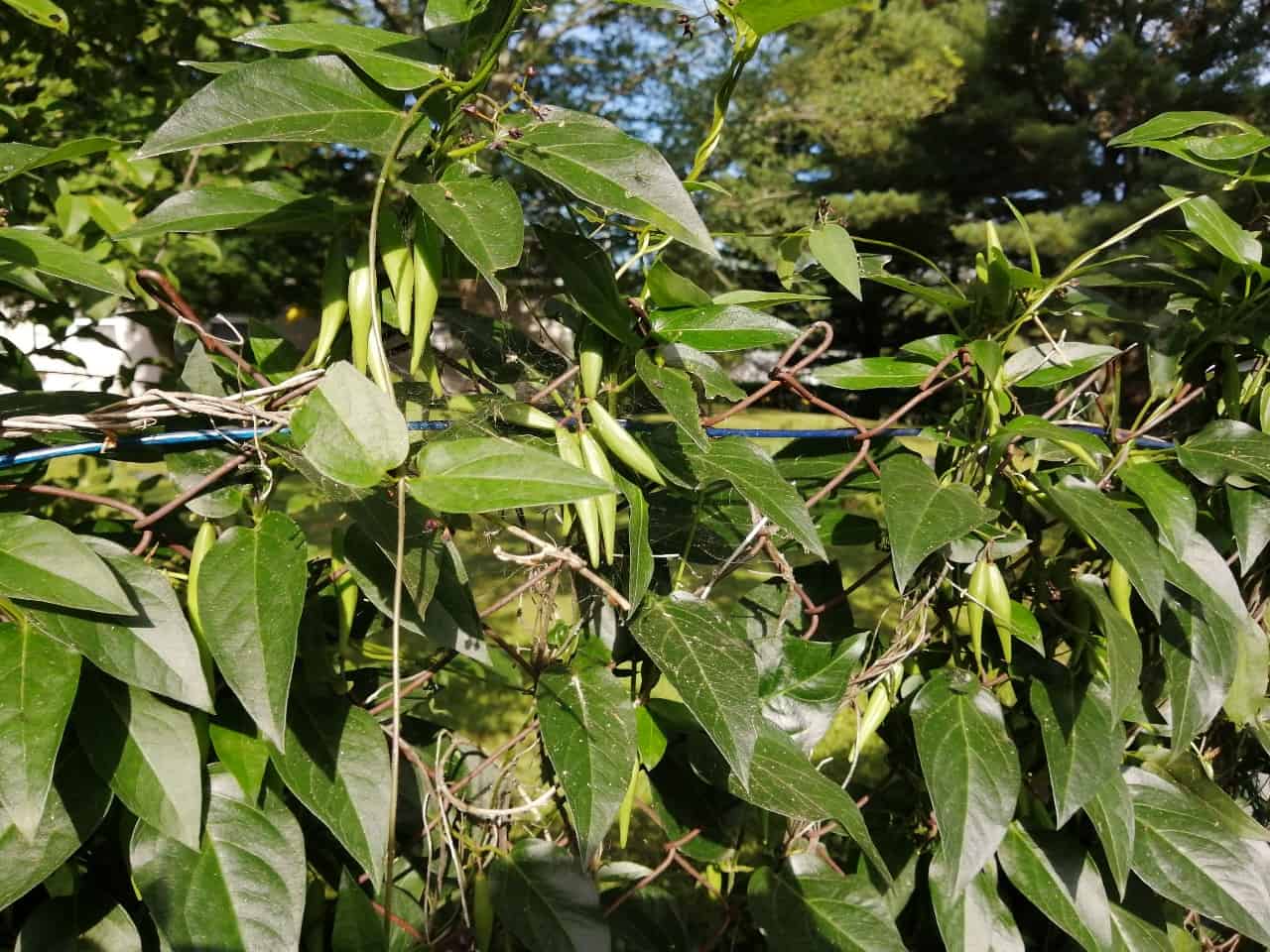
In 2019 and 2020, one of Canada’s most notoriously invasive plant species was found in Kings County, Nova Scotia. E.C. Smith Herbarium’s Irving Biodiversity Collection Manager Alain Belliveau located one occurrence in Wolfville, while Acadia University alumnus Jeffrey White located another one in Kentville. These are likely the only known occurrences of this species in Nova Scotia.
Often called the “Dog-strangling Vine” or “Swallowwort”, this Eurasian plant does not actually strangle dogs but can strangle gardens and native Acadian Forest Region ecosystems. As an aggressive vine, it grows rapidly and overtakes other plants. Endangered Monarch butterflies may lay their eggs on Dog-Strangling Vine because it looks like native Milkweed plants; however, the vine does not produce the right kind of food for the butterflies and they can die as a result. Combined with other invasive species across the continent, the Dog-Strangling Vine contributes to billions of dollars of management costs that invasive species generate every year.
These environmental and economic costs exemplify just how important environmental education and expertise are on a local and global scale. In both instances, Belliveau and White were simply enjoying a walk along town streets while keenly observing the species diversity around them. You can do the same by downloading the iNaturalist app. Efforts are now underway to inform provincial and municipal governments of these costly invaders, and ultimately to eradicate them.


 Acadia University
Acadia University